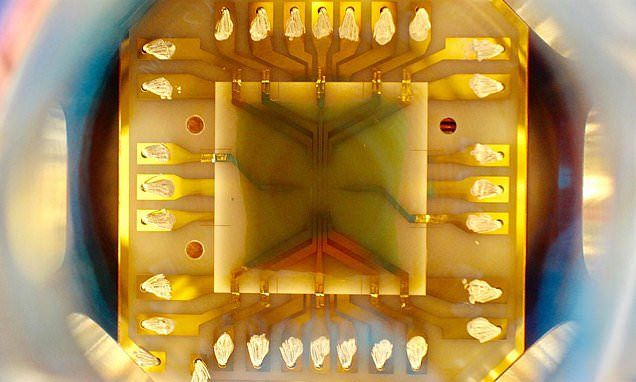The engines of the most famous vessel in the “Star Trek” universe, the USS Enterprise, are powered by the annihilation of matter and antimatter, a process that produces energy in the form of gamma rays. More than half the gamma-ray sources cataloged by the Fermi mission come from a different type of engine — supermassive black holes in the cores of distant galaxies.
Most large galaxies harbor monster black holes millions to billions of times more massive than the Sun. When matter falls toward a supermassive black hole, the center of the host galaxy emits far more light than normal and may flare up unpredictably. Astronomers say such galaxies possess active galactic nuclei, or AGN for short.
Fermi sees the universe in gamma rays, the most energetic form of light. In its first four years, Fermi found more than 1,500 gamma-ray AGN, and it continues to find more.
Read more









